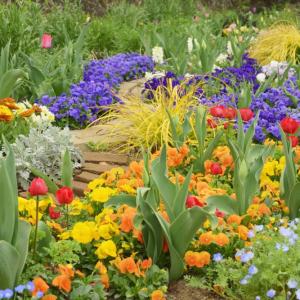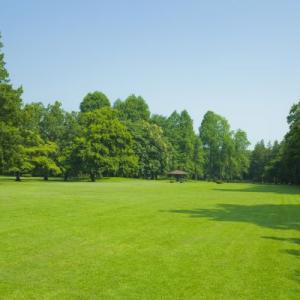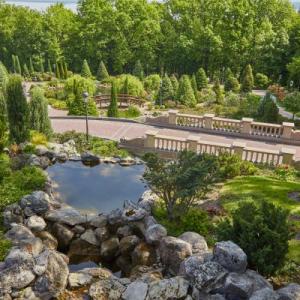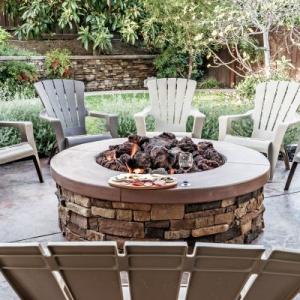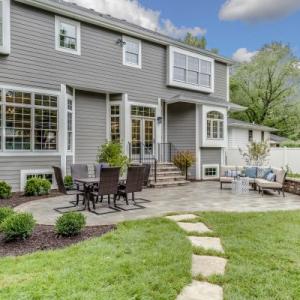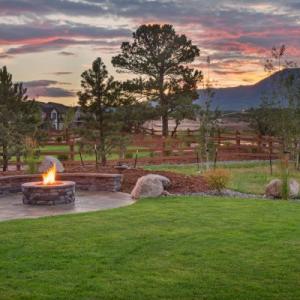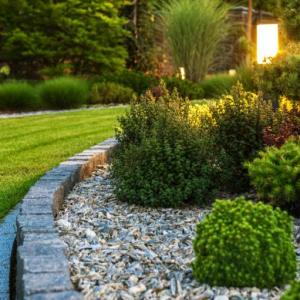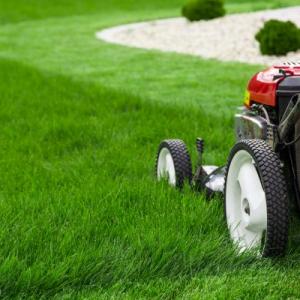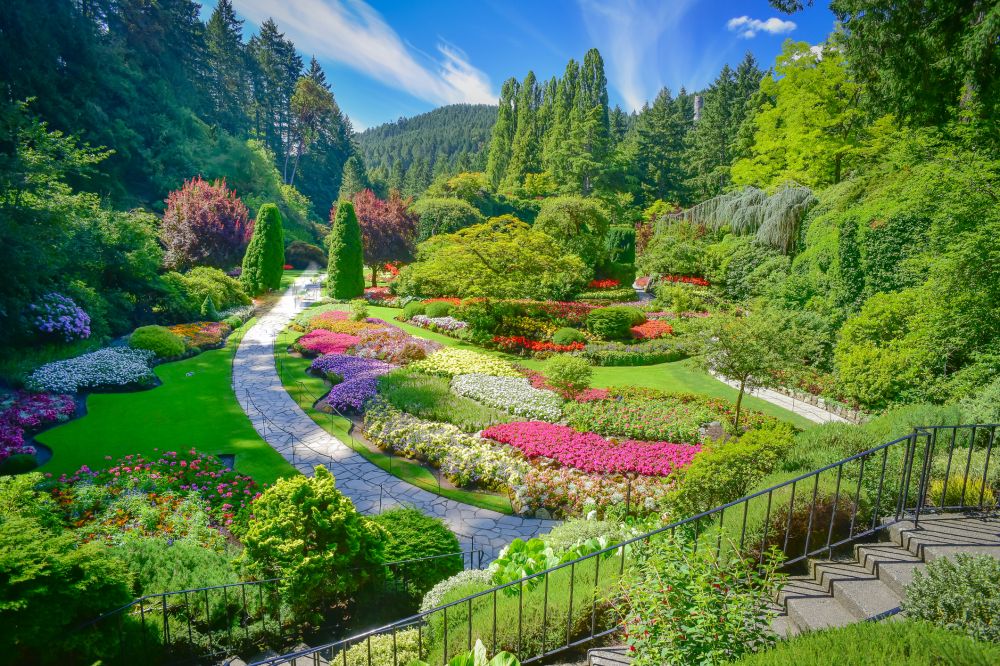
Landscape Design: San Diego
Landscape Design in San Diego
Get help with Landscape Design in San Diego. Fill out the form above and we will connect you with local San Diego pros. Landscape design offers a multitude of advantages for homeowners and property owners seeking to enhance their outdoor spaces. With a well-planned landscape design, you can transform your yard into a beautiful and functional oasis that reflects your personal style and preferences. A thoughtfully designed landscape can increase the value of your property, create a welcoming atmosphere, and provide a peaceful retreat for relaxation and enjoyment. By incorporating elements such as carefully selected plants, hardscaping features, and efficient irrigation systems, landscape design can also contribute to water conservation and environmental sustainability. Moreover, a professionally designed landscape can improve the overall curb appeal of your property, making it more attractive to potential buyers or visitors. With landscape design, you have the opportunity to create an outdoor space that truly enhances your lifestyle and brings you closer to nature.Landscape Design FAQ
Q: What Are Some Key Principles Or Elements To Consider When Designing A Landscape?
Answer: When designing a landscape, some key principles or elements to consider include: 1. Functionality: Ensure that the landscape design meets the needs and goals of the space, whether it's for relaxation, entertainment, or practical use. 2. Unity and Harmony: Create a cohesive and balanced design by considering the relationship between various elements like plants, hardscapes, and structures. 3. Balance: Achieve visual equilibrium by distributing elements evenly throughout the landscape, considering both size and color. 4. Proportion and Scale: Select plants and features that are appropriate in size and scale for the space, considering the overall dimensions and surrounding environment. 5. Variety and Contrast: Incorporate a mix of plants, textures, colors, and materials to add interest and create focal points within the landscape. 6. Sustainability: Choose native plants, implement eco-friendly practices, and consider water conservation techniques to create an environmentally friendly and low-maintenance landscape. 7. Seasonal Interest: Plan for year-round appeal by incorporating plants that offer different colors, textures, and blooms throughout the seasons. 8. Maintenance: Consider the level of effort required to maintain the landscape and select plants and materials that fit within the desired maintenance routine. 9. Accessibility: Ensure that the landscape design is accessible and user-friendly for all individuals, considering pathways, seating areas, and other amenities. 10. Personal Style: Infuse the landscape design with your personal taste and preferences to create a space that reflects your unique personality and lifestyle.Q: How Can I Create A Sustainable And Ecofriendly Landscape Design?
Answer: To create a sustainable and eco-friendly landscape design, you can follow these key steps: 1. Plan with native plants: Choose native plants that are adapted to your region's climate and require less water, fertilizer, and pesticides. 2. Conserve water: Install efficient irrigation systems like drip irrigation or rainwater harvesting to minimize water waste. Group plants with similar water needs together. 3. Use organic practices: Avoid chemical fertilizers and pesticides. Instead, use organic alternatives and compost to nourish the soil and promote healthy plant growth. 4. Mulch wisely: Apply organic mulch to retain moisture, suppress weeds, and improve soil health. Use locally sourced mulch or consider using recycled materials like wood chips or straw. 5. Create biodiversity: Incorporate a variety of plants to attract pollinators and beneficial insects. This promotes a balanced ecosystem and reduces the need for chemical interventions. 6. Conserve energy: Strategically plant trees and shrubs to provide shade and reduce the need for air conditioning. Use energy-efficient lighting for outdoor spaces. 7. Recycle and repurpose: Incorporate recycled materials, such as reclaimed wood or repurposed stones, into your landscape design. Opt for sustainable hardscape materials like permeable pavers. 8. Manage stormwater: Implement techniques like rain gardens or bioswales to capture and filter stormwater runoff, preventing pollution and replenishing groundwater. 9. Consider wildlife habitat: Incorporate features like bird feeders, nesting boxes, or butterfly gardens to provide food and shelter for local wildlife. 10. Maintain regularly: Proper maintenance, including regular pruning, weeding, and monitoring for pests or diseases, ensures the longevity and health of your sustainable landscape design.Q: What Are Some Popular Trends Or Styles In Landscape Design?
Answer: Some popular trends or styles in landscape design include sustainable and eco-friendly designs, minimalist and modern designs, native and drought-tolerant plantings, outdoor living spaces, and vertical gardens.Q: How Can I Incorporate Different Types Of Plants And Flowers To Create A Visually Appealing Landscape?
Answer: To create a visually appealing landscape with different types of plants and flowers, consider the following steps: 1. Plan your layout: Determine the size and shape of your landscape, taking into account factors like sunlight, soil type, and drainage. 2. Choose a variety of plants: Select plants and flowers with different heights, colors, textures, and blooming seasons to add visual interest and diversity. 3. Create focal points: Use taller plants or eye-catching flowers as focal points to draw attention and create a sense of balance. 4. Consider the seasons: Incorporate plants that bloom at different times of the year to ensure your landscape looks appealing throughout the seasons. 5. Group plants strategically: Arrange plants in clusters or groups based on their similar needs and aesthetics to create visual harmony. 6. Use contrasting colors and textures: Combine plants with contrasting foliage colors, flower shapes, and textures to add depth and dimension to your landscape. 7. Incorporate hardscape elements: Integrate hardscape elements like pathways, rocks, or garden structures to enhance the overall visual appeal and provide structure to your landscape. 8. Maintain proper spacing: Allow enough space for plants to grow and thrive, avoiding overcrowding which can hinder their growth and visual impact. 9. Pay attention to maintenance: Choose plants that are suitable for your climate and maintenance level, ensuring they can be easily cared for and will continue to enhance your landscape's visual appeal. 10. Regularly assess and adjust: Periodically evaluate your landscape's appearance, making adjustments as needed to maintain its visual appeal and ensure the plants are thriving.Landscape design refers to the art and science of creating outdoor spaces that are aesthetically pleasing, functional, and sustainable. It involves the planning, designing, and implementation of various elements such as plants, trees, shrubs, hardscapes, and water features to enhance the beauty and usability of a particular area. A landscape designer considers factors like site conditions, client preferences, and environmental sustainability to create a harmonious and balanced outdoor environment. The goal of landscape design is to transform an ordinary space into a visually appealing and functional outdoor living area.

